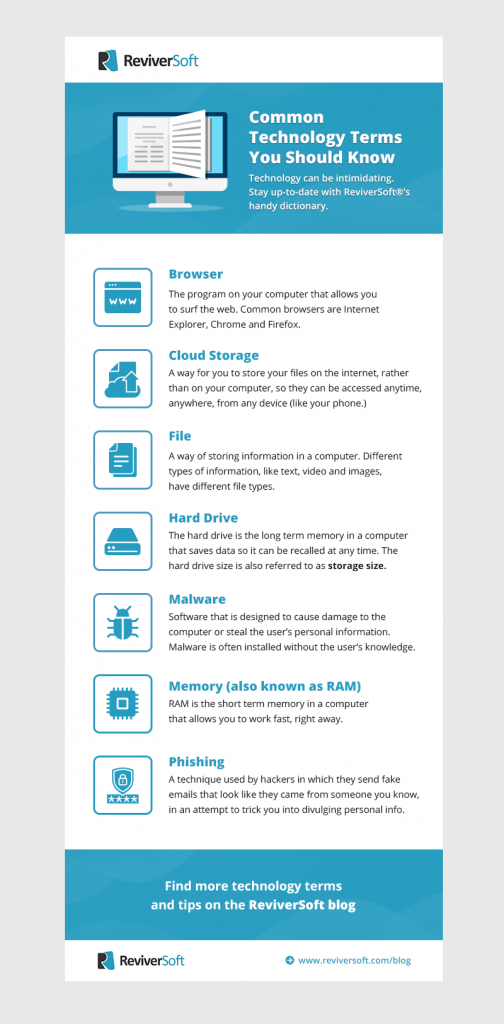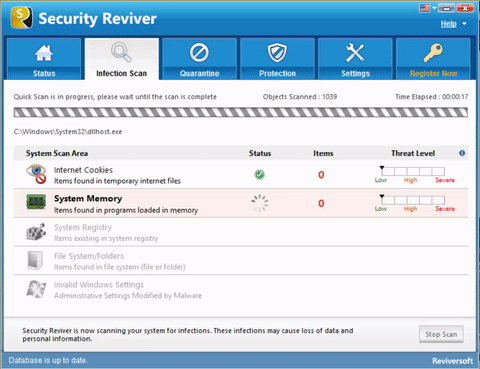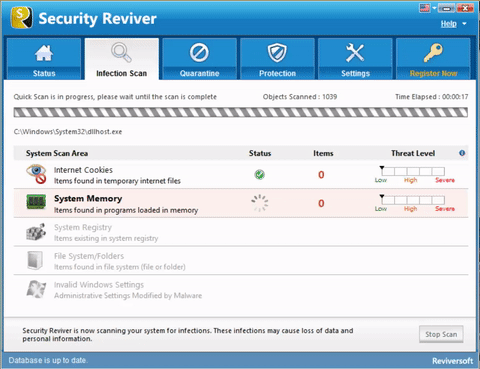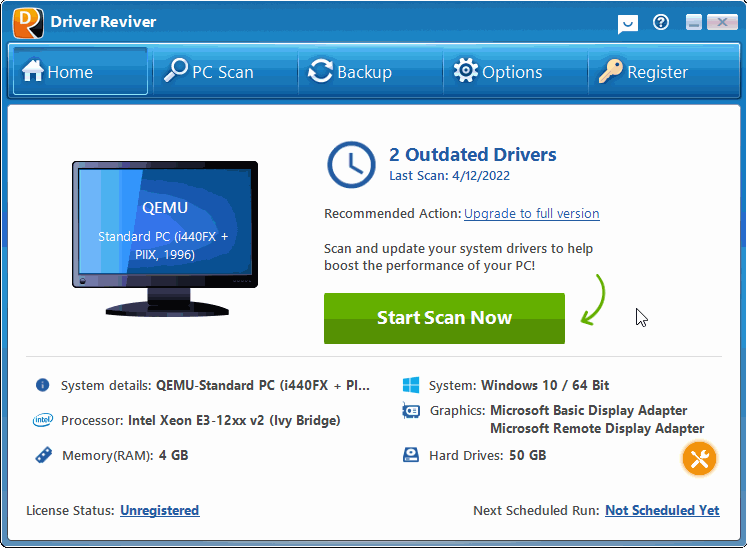Technology can be intimidating. Stay up-to-date with Reviversoft’s dictionary of common computer terms.
Keep this guide handy: You’ll start seeing these terms everywhere (if you haven’t already!)

Address Bar
The address bar is the small, rectangular area at the top of a browser that display the web address. You can also enter a web address in the address bar to go to that web address.
Add-ons
Add-ons are small software programs that can optionally be added to a browser to extend the capabilities of the browser. A common add-on is one that stops pop-up advertisements on websites.
Browser
Browser is the software program on a computer that enables you to surf the web and view and interact with websites. Common browsers are Internet Explorer, Microsoft Edge, Chrome and Firefox.
Bots
Bots, short for internet robots, are software programs designed to do automated and repetitive tasks. Bots can be used for good, like gathering information, or bad, like launching malware.
Cloud Storage
Cloud storage is a way for you to store your files on the internet, rather than on your computer. By storing your files on the internet, you can access them from anywhere and from any device, including your mobile phone. Learn more
Context Menu
A context menu is a pop up menu that pops up in response to user interaction, typically a mouse click.
CPU (Central Processing Unit)
A CPU is the brains of a computer and every computer has one. It is a semiconductor chip that runs software and performs calculations.
Desktop
The desktop is the first thing you see on the screen after you turn on your computer. It typically displays icons, shortcuts and a taskbar at the bottom.
Dialog Box
A dialog box is a small window that pops up on your computer screen and displays a message or asks for some kind of input, like clicking on a button.
Drivers
Drivers are small software programs that enable your computer to interact with other pieces of equipment like printers and speakers.
File
A file is a way of storing information discretely in a computer. Different types of information, like text, video and images, have different file types. Each file has a file name and a file extension.
File Extension
A file extension is a way of dictating the file type. It is typically indicated by a period and three or four letters following the file name (e.g., file.docx).
Hard Disk
Hard disk is that part of the hard drive that physically stores the data. It is a rapidly spinning disk coated with magnetic material.
Hard Drive
Hard drive is the long term memory in a computer. It consists of a hard disk plus all the electronics that support reading and writing data to and from the hard disk.
Hardware
Hardware is all the internal and external physical components of a computer system. Internal hardware includes the CPU, hard drive, RAM, power supply and graphics card. The external hardware includes the monitor, keyboard, mouse, camera and speakers.
Mac
Mac, short for Macintosh, is Apple’s version of the PC. It uses very similar hardware to the PC, but a very different operating system called macOS.
Malware
Malware is software that is secretly installed on a computer and is designed to cause damage to the computer or steal the user’s personal information. Learn how to protect yourself from malware.
Operating System
An operating system is software that manages the computer hardware and system resources. A computer cannot operate without an operating system. The two most common ones are Windows and macOS.
PC (Personal Computer)
PC is the name given to a multipurpose computer that uses the Windows operating system. It is a computer intended to be operated by one person.
Phishing
Phishing is technique used by hackers in which they send a fake email, that looks like a real email, in an attempt to trick users into divulging personal information.
RAM (Random Access Memory)
RAM is the short term memory in a computer. It is made of semiconductor chips and loses all its data once the power is turned off.
Registry
The Registry is a database in the Windows operating systems that contains the configuration settings for Microsoft Windows. When you change some aspect of Windows, the change is reflected in the Registry.
Software
Software is a collection of instructions that controls how a computer works. There are different kinds of software such as operating systems like Windows and software applications like WordPerfect and Reviversoft.
Temp Files
Temp files, also called junk files, are used temporarily for a specific task, like holding data, and become redundant once the task is complete. Temp files have the file extension of .temp or .tmp.
Trojan
A trojan is a type of malware that disguises itself as one thing but does something else.
URL (Uniform Resource Locator)
URL is just a fancy term for web address. You can see the URL in the address bar in your browser.
Utilities
Utilities are a type of software that works with the operating system to support, improve or maintain the computer.
VPN (Virtual Private Network)
A VPN enables people to use a public network, like the internet, in a safe and secure way by making the connection to the public network, private.
Web Address
The unique location on the internet of a website. Web addresses usually begin with http:// or http://www.
When you see https, it’s different from http. The letter s stands for secure.
Visiting a site with https means you’re PROTECTED, your credit card information and login credentials will be encrypted. Thus, preventing a hacker or someone from seeing it.
(Such as https://www.reviversoft.com/)





